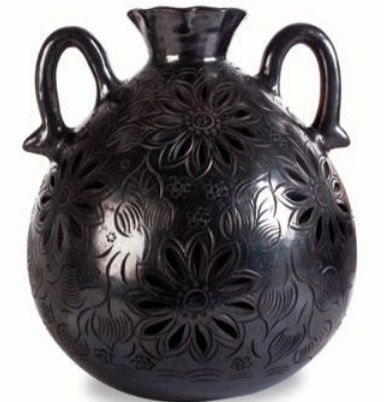The Rich History and Challenges of Black Clay Pottery in Mexico
Discover the rich history and unique qualities of Mexican black pottery - a distinct style of pottery iconic of Oaxaca. Learn about its origins, distinctive features, and the challenges faced by artisans due to the scarcity of raw materials.





